Lam Kinh National Special Relic Site.
If we want to outline and introduce to friends inside and outside the province about the heritage journey of Thanh land, Lam Kinh National Special Relic Site is always the destination that is remembered. That name, that land makes each person's mind think more deeply and more broadly about the connection between tradition and modernity, past and present, history and time...
The book "Dai Nam Nhat Thong Chi" has records about Lam Kinh land: "Lam Kinh of the Le dynasty is located in the East of Lam Son mountain in Quang Thi commune, Thuy Nguyen district, the South faces the Luong river, the North leans on the mountain, is the land where Le Thai To established his career, at the beginning of Thuan Thien dynasty, this land was taken to establish Tay Kinh, also called Lam Kinh, built a palace overlooking the river, behind the palace there is a large lake like Kim Nguu lake, the mountain streams flow into this lake, there is also a small stream originating from the lake flowing in front of the palace, hugging back like an arc, built a tiled bridge over the stream, cross the bridge to reach the palace...".
The history of the dynasty has closed behind the curtain of time. The ancients have passed away but their careers and achievements are still immortalized. Lam Kinh Temple and Temple no longer retains its original architecture but still has a strong vitality, still a destination not to be missed when coming to the land of "geomancy and talented people", "lovely Thanh Ky". In particular, on the 21st and 22nd of the 8th lunar month every year, Lam Kinh National Monument Site is always bustling to welcome thousands of visitors from all over the country to attend the festival with many unique cultural and artistic activities. The ceremony is solemnly organized, including rituals and spiritual ceremonies such as: carrying the palanquin of King Le Thai To, the palanquin of Trung Tuc Vuong Le Lai, reading the congratulatory message, reporting to ancestors, offering incense to commemorate King Le Thai To and Lam Son soldiers. Along with those rituals and ceremonies, the festival is organized with a theatrical art program reenacting the Lam Son uprising with important milestones and many folk games and performances...
Going back in time to the historical and cultural source of Thanh land, the ancient spiritual space with the architecture of mausoleums, temples, shrines, and communal houses connects to open up a golden milestone in the nation's history associated with the life and career of female general Trieu Thi Trinh - Ba Trieu.
According to history books, Lady Trieu was born and raised in the Quan Yen mountain area, Cuu Chan district. From her youth, Lady Trieu showed her extraordinary spirit. In the year 248, hating the invaders who trampled on the country and avenging her family's revenge, Lady Trieu and her brother Trieu Quoc Dat gathered forces day and night in the wild and rugged Nua Lau mountain area, raising the flag of uprising.
Although they fought very steadfastly, there were times when the insurgents continuously made the enemy panic and lose their nerve, many of the Wu army's citadels were destroyed one after another. Finally, because of the enemy's despicable tactics, the insurgents lost. Faced with the enemy's relentless pursuit, Lady Trieu had to retreat to Tung Mountain. She knelt down and prayed to heaven and earth: "Sinh vi tuong, tu vi than" (live as a general, die as a god) and then drew her sword and committed suicide on February 22, Mau Thin year 248. It was also on the top of this mountain that the mausoleum and tomb of Lady Trieu were built. The stories surrounding the life and achievements of that female general, surely every Vietnamese child has heard at least once: "Lull your child to sleep well/ Let me carry water to wash the elephant's saddle/ If you want to see, go up the mountain and see...".
Palanquin procession - a unique feature of the Ba Trieu Temple Festival.
The mausoleum - tomb of Lady Trieu blends into the lush green natural landscape, with a bit of mystery, silence and solitude. The entrance to the mausoleum starts from the ceremonial gate at the foot of the mountain with 4 pillars. The top of the pillars on both sides has a mascot - the Nghe Chau. The body of the pillar is a lantern carved with the image of the four sacred animals, the base of the pillar is shaped like a neck. Walking through the gate, right under the path to the top of Tung mountain is the worship area of the 3 brothers of the Ly family, from Bo Dien village (Trieu Loc commune), known as brave and loyal generals of Lady Trieu.
After lighting incense to show respect and admiration of the descendants for the loyal and righteous subjects, going through hundreds of steep stone steps will reach the top of Tung mountain, where the mausoleum and tomb of Lady Trieu are built. The mausoleum is built in the shape of a pyramid, with a square bottom, and has three floors; the mausoleum roof is made in the style of a dragon palanquin; the top of the mausoleum is decorated with a wine jar; the entire mausoleum is made from a single block of green stone. The structure of the Queen's tomb has arched doors to four sides, a curved roof at the corners, and a round bridge on the top of the tomb. In addition, on the top of Tung mountain there is also a royal tower, a four-sided square cylindrical structure made of a single block of stone.
Not far from the mausoleum is the thousand-year-old Ba Trieu temple and the Phu Dien communal house with a large scale and architecture of 5 compartments and 6 wooden trusses. All three places are the venues for the Ba Trieu temple festival, held from the 19th to the 24th of the second lunar month every year, in which even-numbered years will be held in the direction of a grand ceremony. The main activities that make up the unique features of the Ba Trieu temple festival include: the offering of ... With such great values and unique features, in 2022, Ba Trieu Temple Festival was recognized as a National Intangible Cultural Heritage.
Lam Kinh National Special Relic Site and the Complex of Mausoleums and Temples of Ba Trieu, Phu Dien Communal House and Ba Trieu Temple Festival are two of the many unique and diverse tangible and intangible cultural heritages in our province. According to preliminary statistics, Thanh Hoa currently has about 1,535 historical - cultural relics and scenic spots that have been inventoried and protected, of which 858 relics have been ranked at different levels according to 4 types of relics (historical - cultural relics, architectural and artistic relics, archaeological relics and scenic spots); 27 national intangible cultural heritages; hundreds of festivals and rituals are organized with all kinds of forms. This is an important potential, competitive advantage, and endogenous resource, both a fulcrum and a driving force for Thanh Hoa to steadfastly overcome all difficulties, challenges, and fluctuations to rise up and develop.
Thanh land is a land that appeared very early in records from the time of Hung King's founding of the country, under the name Cuu Chan. In which, the year 1029 (during the reign of Ly Thai Tong, Thien Thanh era) was determined to be the year the name Thanh Hoa appeared as an administrative unit directly under the Central Government. "From Cuu Chan district in the Van Lang - Au Lac period, through the period of Northern domination to independent and autonomous feudal states and under the French period, to Thanh Hoa province today, Thanh Hoa is a relatively stable administrative unit in terms of territory and independence directly under the Central Government". In the deepest layers, in the strongest movement and development, the historical - cultural values of Thanh land are still a solid and lasting support.
Article and photos: Dang Khoa
Source: https://baothanhhoa.vn/suc-song-ben-bi-cua-mot-dong-chay-van-hoa-255317.htm


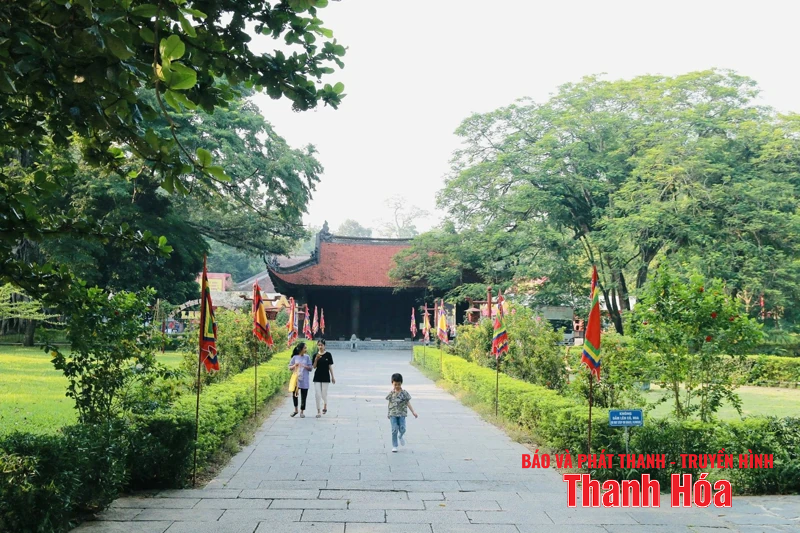
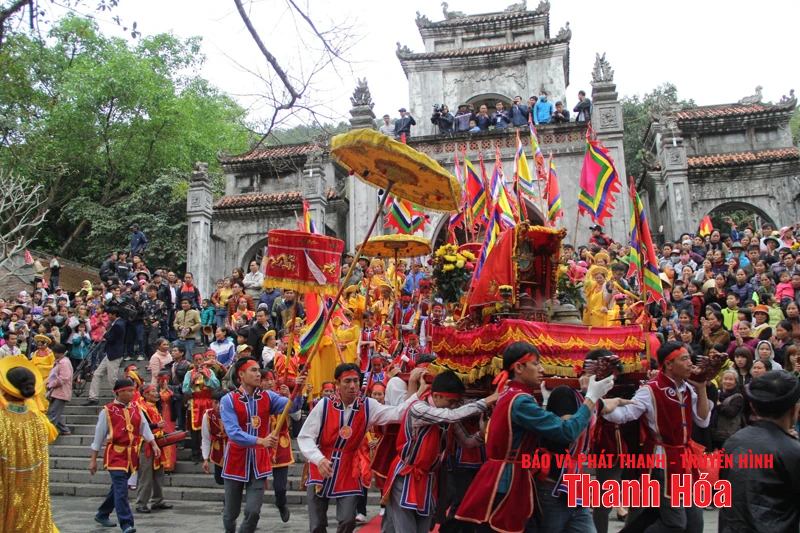


![[Photo] Da Nang: Hundreds of people join hands to clean up a vital tourist route after storm No. 13](https://vphoto.vietnam.vn/thumb/1200x675/vietnam/resource/IMAGE/2025/11/07/1762491638903_image-3-1353-jpg.webp)



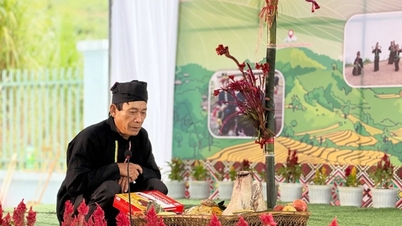

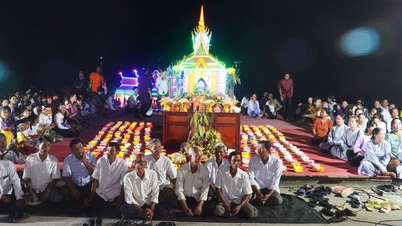







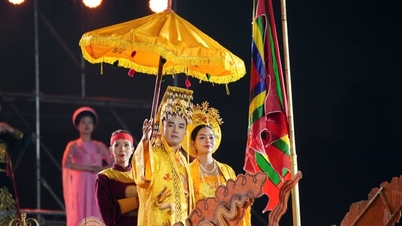


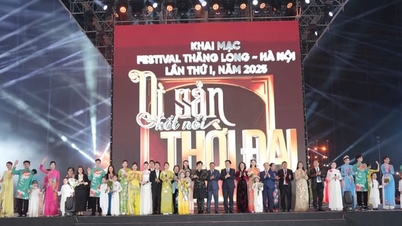

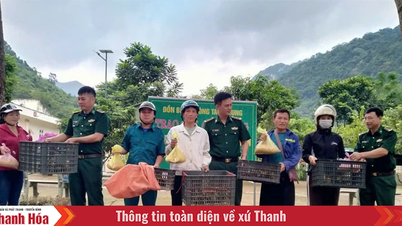




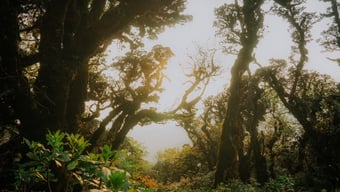
![[E-Magazine]: Winter comes, calling love back](https://vphoto.vietnam.vn/thumb/402x226/vietnam/resource/IMAGE/2025/11/07/1762519247877_e-magazine-dong-w1200t0-di2544d199d5163001t11920l1-v-128.webp)
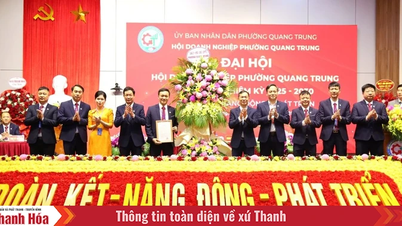

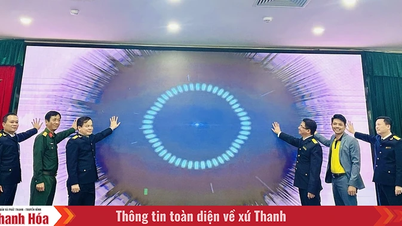
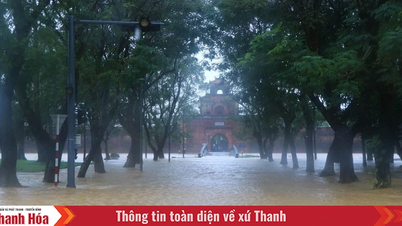




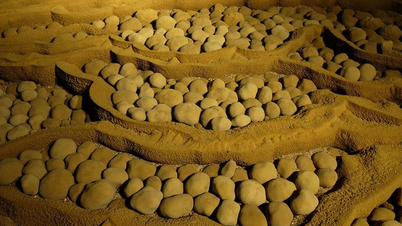

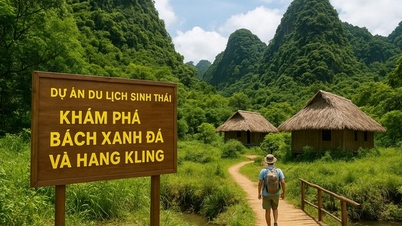




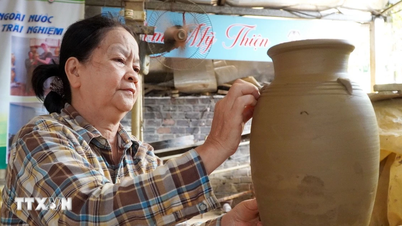

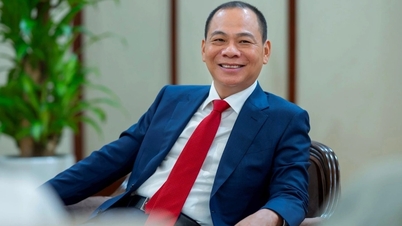



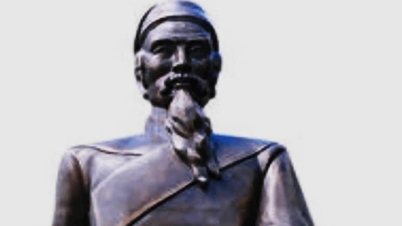

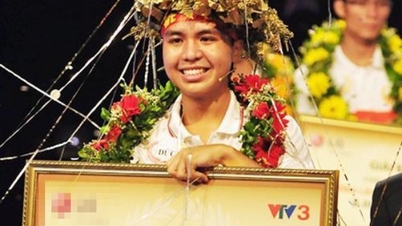



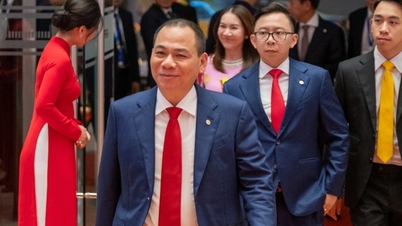


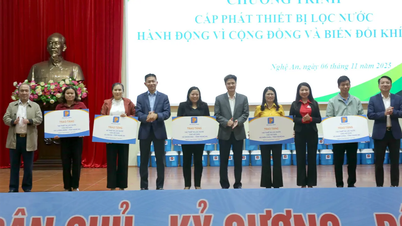



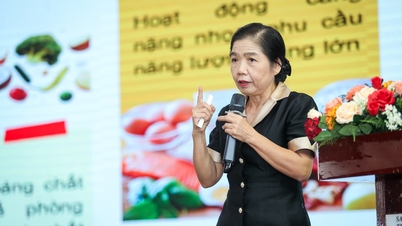













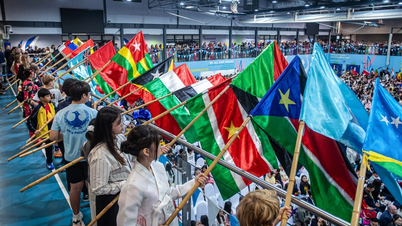

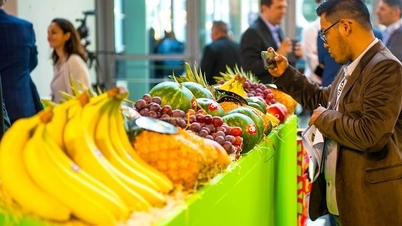


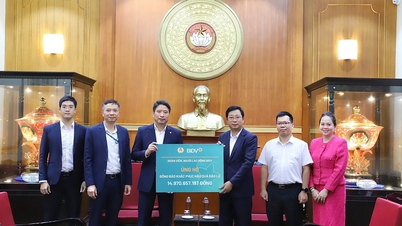

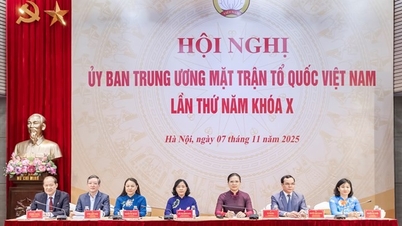
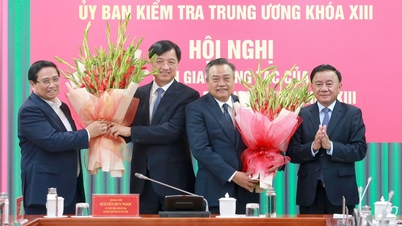
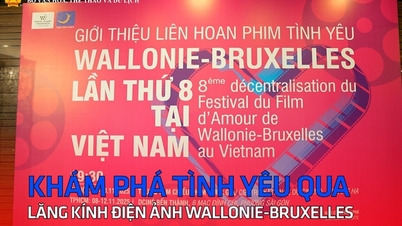



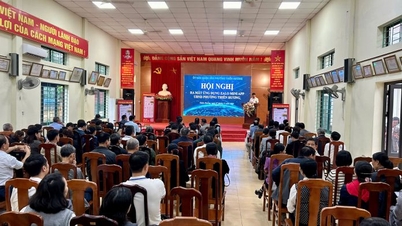

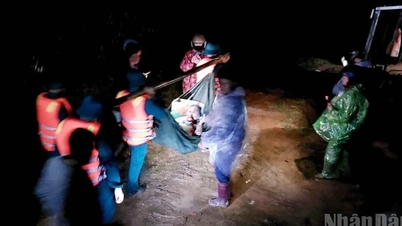















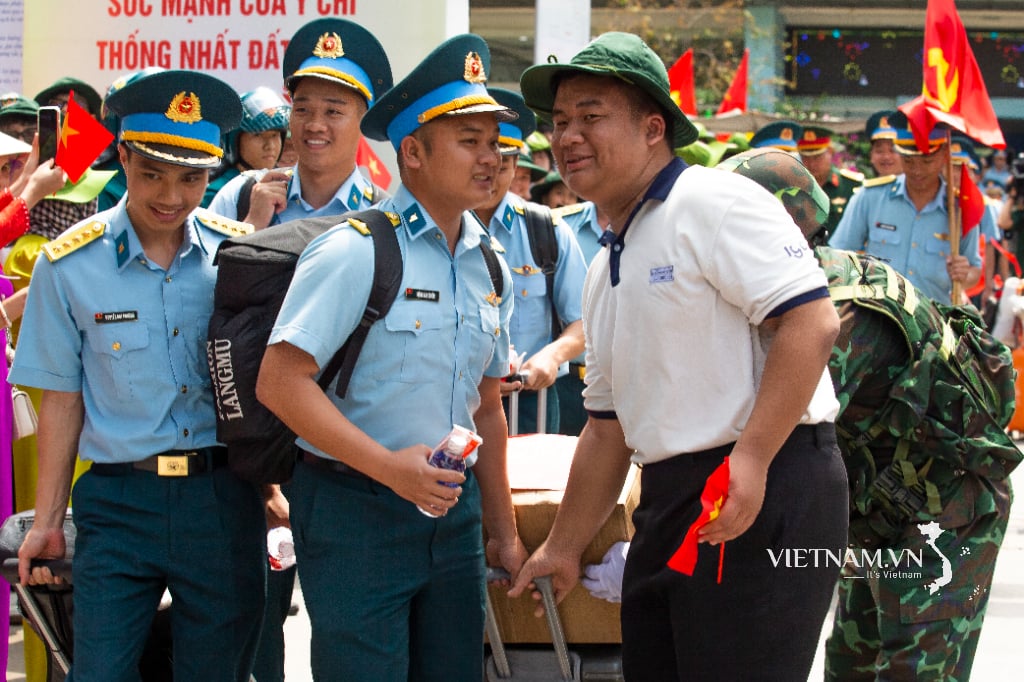
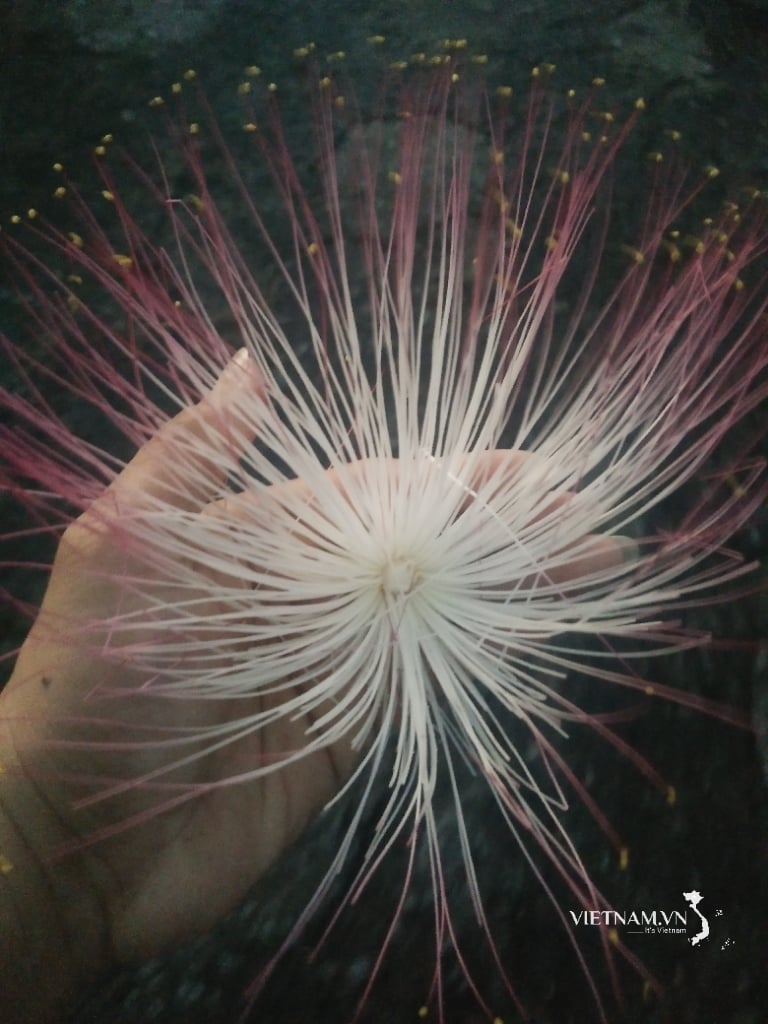

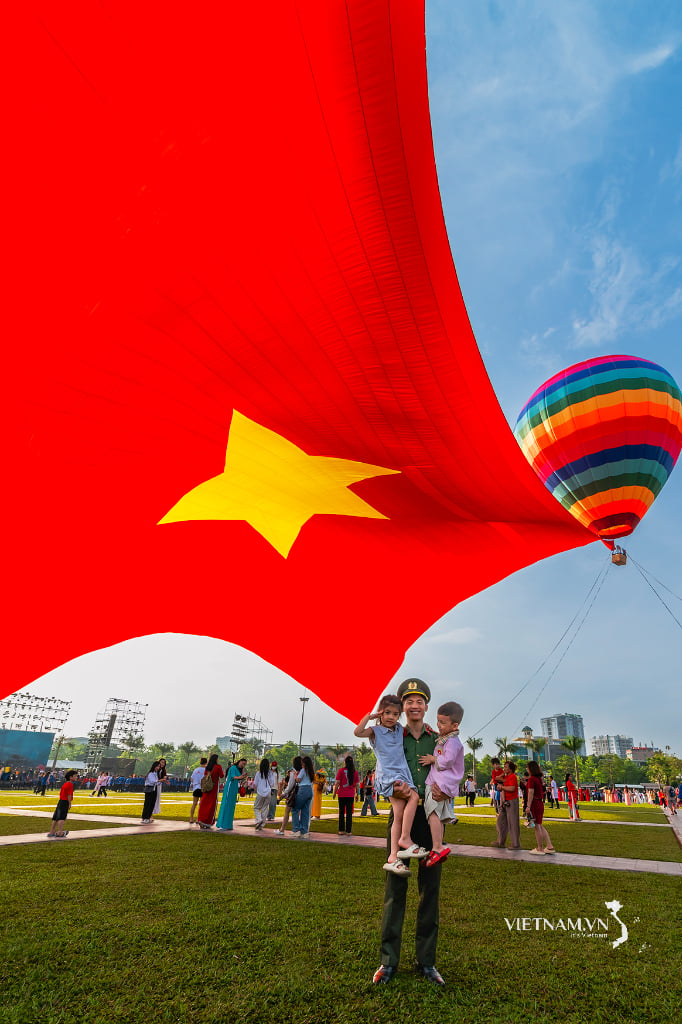
Comment (0)